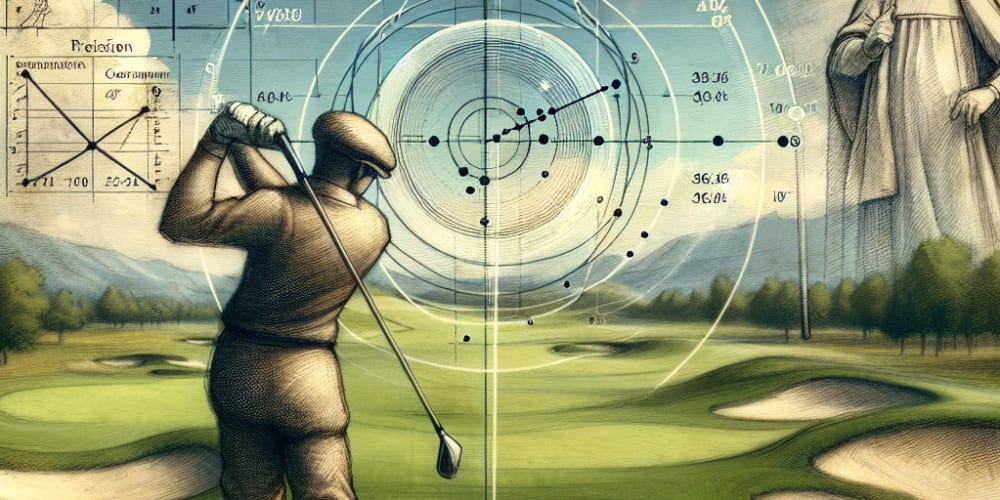This is a Plain English Papers summary of a research paper called MOMENT: A Family of Open Time-series Foundation Models. If you like these kinds of analysis, you should subscribe to the AImodels.fyi newsletter or follow me on Twitter.
Overview
- MOMENT is a family of open-source foundation models for general-purpose time series analysis.
- Challenges in pre-training large models on time series data include the lack of a large public time series repository and the diverse characteristics of time series data.
- The authors address these challenges by compiling a large and diverse collection of public time series data called the Time series Pile and developing techniques for large-scale multi-dataset pre-training.
- They also build a benchmark to evaluate time series foundation models on diverse tasks and datasets with limited supervision.
Plain English Explanation
The researchers have created a new set of MOMENT foundation models that can be used for a wide range of time series analysis tasks. Building large, general-purpose models for time series data is difficult for two main reasons:
- There isn't a large, cohesive public dataset of time series data available for training these models.
- Time series data can have very diverse characteristics, making it challenging to train a single model that works well across different types of time series.
To address these challenges, the researchers compiled a large and diverse collection of public time series data called the Time series Pile. They also developed new techniques to allow these models to be pre-trained effectively on multiple time series datasets.
Additionally, the researchers created a new benchmark to evaluate how well these time series foundation models perform on a variety of tasks and datasets, especially when there is limited data or supervision available for fine-tuning the models. Their experiments show that the pre-trained MOMENT models can achieve good performance with minimal additional training.
Technical Explanation
The key technical contributions of this work are:
- Compiling the Time series Pile, a large and diverse collection of public time series data, to enable large-scale pre-training of time series foundation models.
- Developing techniques to tackle the challenges of multi-dataset pre-training for time series, such as handling diverse time series characteristics.
- Building a new benchmark to evaluate time series foundation models on a variety of tasks and datasets, with a focus on limited supervision settings.
The paper presents experiments demonstrating the effectiveness of the pre-trained MOMENT models on the benchmark tasks, requiring minimal additional fine-tuning. The researchers also share several interesting empirical observations about the behavior of these large pre-trained time series models.
Critical Analysis
The paper makes a valuable contribution by addressing the lack of large, general-purpose time series foundation models and the absence of standardized benchmarks for evaluating them. The Time series Pile dataset and the benchmark proposed in this work provide useful resources for the research community.
However, the paper does not delve deeply into the specific techniques used for multi-dataset pre-training or the details of the benchmark design. Additionally, while the experiments demonstrate the effectiveness of the MOMENT models, the paper does not provide a comprehensive analysis of their limitations or potential issues that may arise in real-world applications.
Further research could explore the generalization capabilities of these models across a wider range of time series tasks and datasets, as well as investigate the robustness and interpretability of the MOMENT models. Comparisons to other time series foundation models or decoder-only models could also provide valuable insights.
Conclusion
The MOMENT models and the supporting Time series Pile dataset represent an important step towards more powerful and versatile time series analysis tools. By addressing key challenges in pre-training and evaluation, this work lays the groundwork for further advancements in time series foundation models, potentially leading to improved forecasting, anomaly detection, and other time-series-related applications powered by large, pre-trained models.
If you enjoyed this summary, consider subscribing to the AImodels.fyi newsletter or following me on Twitter for more AI and machine learning content.


















